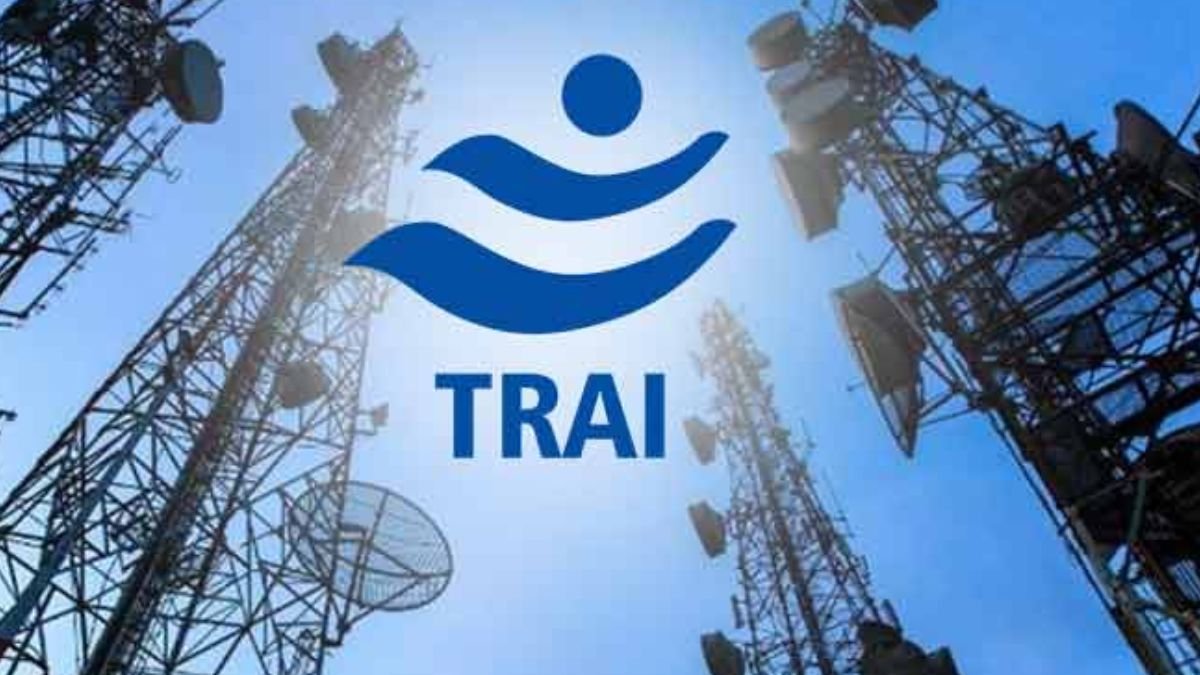Starting May 6, every SMS will carry a letter that tells users what kind of message they’re receiving transforming trust and clarity in telecom communication.
The heart of TRAI’s 2nd Amendment, issued on February 12, 2025, lies in its redefinition of SMS categorization. Using suffixes appended during DLT (Distributed Ledger Technology) scrubbing, each SMS header will now signal its purpose with a single character:
- P – Promotional messages, including service explicit content
- S – Service messages (general customer engagement)
- T – Transactional messages (banking alerts, OTPs, etc.)
- G – Government-authorized messages (TRAI-exempt headers only)
For example, a service message from the header “ABCXYZ” sent via a Vodafone network in Delhi will be displayed as VD-ABCXYZ-S—a visual cue that now informs the recipient before they even open the message.
Why It Matters: Trust, Clarity, and Control for Users
India’s over 1.1 billion mobile users often find themselves bombarded by unsolicited SMS messages, struggling to differentiate between critical alerts and irrelevant spam. TRAI’s new suffix regime offers a built-in filter system that empowers users to make quicker decisions.
“This is about restoring trust in a medium that’s long been abused,” said a senior TRAI official who spoke on condition of anonymity. “With suffixes, we’re giving users the power of instant recognition no more guessing games.”
The change is also expected to boost engagement rates for legitimate businesses. With headers now clearly marked, consumers may be more likely to trust and open relevant messages. It could also set a precedent globally for similar reforms in telecom regulations.

Who’s Affected—and Who Isn’t
While the reform may seem technical, its operational clarity stands out. Only Telecom Service Providers will handle the suffix implementation. Principal Entities (PEs) businesses or organizations that send bulk SMS and Telemarketers need not change anything in their current practices. The DLT platform, used for scrubbing messages to prevent spam and fraud, will automatically append the suffixes during processing.
The deadline for implementation is May 6, 2025, giving TSPs just enough time to update their infrastructure. Industry insiders suggest most major operators are already conducting internal testing and training to ensure compliance.
The move aligns with TRAI’s broader push toward digital hygiene and accountability in India’s booming telecom and digital services market.
The Road Ahead: Messaging in a Post-Suffix World
TRAI’s suffix mandate represents more than a regulatory tweak it’s a cultural shift in how Indians perceive SMS. With fraudulent schemes and promotional overloads increasingly eroding public trust, this reform brings a rare clarity to one of the oldest digital communication formats.
As implementation begins, analysts will watch closely to see how effective the system is in reducing spam and improving user experience. If successful, it may lead to further enhancements perhaps even real-time opt-out controls, AI-driven spam detection, or cross-platform message validation tools.
In the end, this is about one simple thing: telling people what they’re reading before they read it.
“A message with a suffix is no longer just a message. It’s a statement of intent.”


